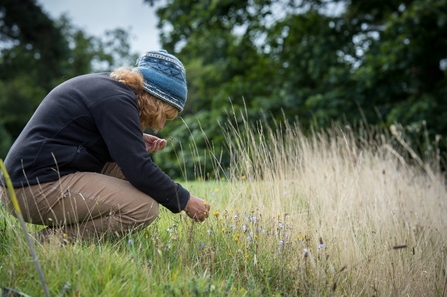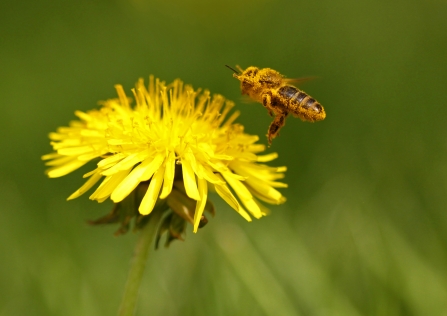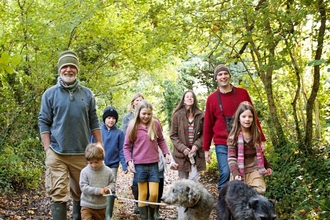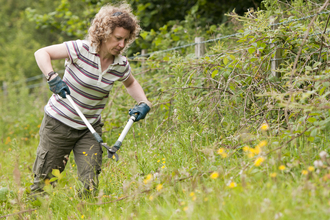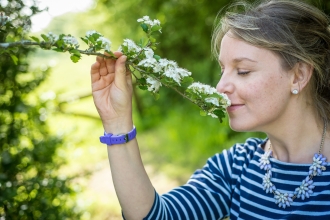We are all starting to emerge from the most recent Covid restrictions and spring is slowly (and coldly) peeping over the horizon.
The Rough Around the Edges project is becoming a busy place as online meetings, webinars and catch-ups begin to move outside. It seems as if people are beginning to feel able to be outside and active again, or at least to make some plans for things that they can do for wildlife.
I think for most of us, certainly for me, these are as much actions for me, for us, as they are for our wild neighbours. I am conscious that many people need reconnection with who they are, who their friends and neighbours are (human and non-human), and that they find this reconnection by being in open, green, wild, natural spaces.
This connection happens in many ways because it isn’t simply about direct connection with nature, it also about connecting with each other through nature.


